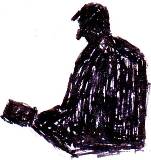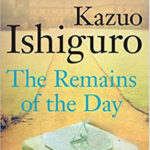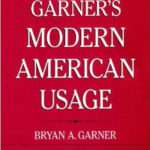English language
Oxford University Press
January 28, 2016
192

The English Language is spoken by more than a billion people throughout the world. But where did English come from? And how has it evolved into the language used today? In How English Became English Simon Horobin investigates the evolution of the English language, examining how the language continues to adapt even today, as English continues to find new speakers and new uses.
Simon Horobin’s ‘short history’ of the English language presents a concise and lucid history of the language. This small but incredibly witty book deals with the origins of the English language and its roots, the numerous authorities who, over the ages, prescribed about right or wrong usages as well as the many dialects and varieties of the language used from the ancient to modern times all over the world. The book also includes interesting descriptions of elements of electronic communications in this digital age although it is difficult to determine why they are unique to the English language and turned out to be rather misplaced considering the focus of this book.
The early chapters that deal with the origin and development of the English language are fascinating reading. The later sections, notably those that handle the various forms of English including its different dialects, may appear tedious to many other than the most meticulous of linguists. Several pages on non-standard or corrupt forms of English spoken especially in parts of Asia and Africa that are explained with examples may be the domain of the specialists but, for the general reader, a shorter account would have made the book more satisfying.
When it comes to grammar, the rules of construction and usage and the prescriptivism versus descriptivism binary, Horobin appears to take sides. He obviously has a grudge against the pedants and prescriptive grammarians but doesn’t come up with a solution to the problem. We may have different opinions about what is correct but if you do not prescribe any rules at all, the result may be incomprehension, misunderstanding and even anarchy. Those who opined that a movement away from formal grammar teaching in schools is responsible for social ills may have exaggerated but it is the exaggeration of an underlying truth. An intelligent study of grammar does not merely mean ‘rote learning and formal examination’. It may also mean being careful and respectful of what you are learning. If those values stay relevant when you learn a musical instrument or a sport, why should they be different when it comes to language learning?
It is the same inexplicable grudge against rules governing a language or grammar which prompts Simon Horobin to say that one ‘further reason why people continue to care about good grammar’ is because ‘it sells’! Now, that is preposterous! If selling is your motive, do grammar or even books on anything under the sun seem to be a very appealing proposition in the modern world?
Elsewhere, the author writes at length on the ‘language’ of electronic communication. Are ’emoticons’ or ‘smileys’ part of the English language? Do they deserve their rightful place in this book? Even if they are forms of expression, what makes them unique to the English language? Neither are they essential elements of formal written or spoken language anywhere in the world. Those ‘aspects of electronic discourse’ seem ill-suited to this book.
Yet, How English became English remains a very good read for the most part. Considering the sheer amount of information it has, the size of the book is deceptive. There is a bibliography for further reading as well as a word index which only adds to the value of this book. Recommended.
This reviewer received a free electronic copy of the book from Netgalley.


























